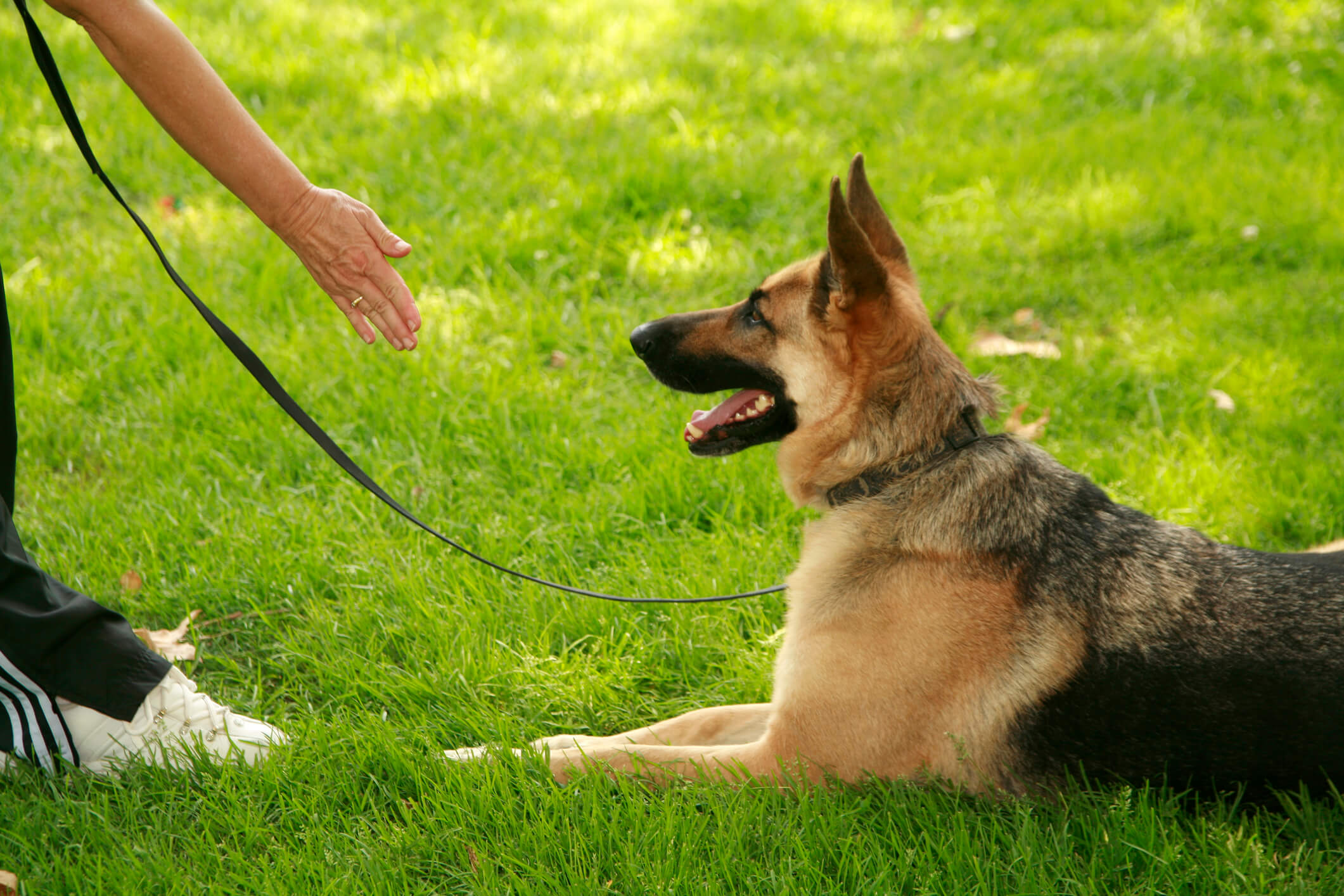
Why Training for Recall is So Important for Pups with High Prey Drives
Most dog owners have been there—your dog catches a whiff of some nearby rabbit, and all of a sudden, they go berserk. It seems like all your efforts to subdue their hunting instincts are futile. This type of high prey drive is normal in many dog breeds and is perfectly manageable with the right training techniques. But first, dog owners have to understand what a high prey drive is and why they need to keep it under control.
What’s a high prey drive?
A prey drive is a pet’s natural instinct to chase and kill smaller animals like birds, squirrels and even your household cat. Dogs with high prey drives tend to go a bit wild when they’ve picked up the scent of a nearby animal.
They might take off across the yard in search of prey, ignoring all your attempts at beckoning them back by your side. Dogs become focused on the hunt and nothing else. A strong recall command is essential for reeling their attention back to you.
The dangers of untrained dogs
Dogs that haven’t learned a reliable recall often find themselves in sticky situations. It’s not healthy for dogs to constantly remain indoors, which means they’ll inevitably be presented with a situation that triggers their prey drives out in the real world. Squirrels can send dogs into a frenzy, which is very dangerous if your yard doesn’t have a fence. Prey might unwittingly lead your dog right into the street, where they could potentially get hit by a car.
Additionally, not all dogs play well with others. Many owners have more than one dog or mix things up with a cat or two. A high prey drive can spell trouble if your pup is forced to co-exist with smaller, docile breeds or an entirely different species. Prey drives make it difficult for dogs to understand the difference between friend and foe. The last thing any owner wants is for one of their furry friends to get hurt!
Teaching your dog to come will stop them from running headfirst into traffic, prevent scuffles with other dogs at the park, help them leave venomous animals alone and ensure they keep off dangerous terrain during long hikes. The recall command isn’t just for controlling unruly dogs—it can save their lives.
Besides the scenarios mentioned above, a reliable strong recall gives owners invaluable benefits. Dogs who come when called understand you’re in charge—not the other way around. Having a properly trained dog gives you the freedom to decide when it’s time for the next activity in your daily routine. The recall command will reel in a distracted dog while going for walks, and it’ll let them know it’s time to say goodbye to their doggy friends at the park and go home. Training for recall puts the power back into your hands.

Tips for teaching the recall command
The biggest mistake in recall training is when owners shout “come!” with no results. The more this happens, the more your dog will associate that word with ignoring you. Dogs can’t speak the human language, so it’s unreasonable to expect your furry companion to understand the meaning of words right off the bat. Introduce the recall command by saying “come” when they’re already heading over to you. For example, give the command when they return a Frisbee or run up to you for mealtimes.
Owners have difficulty training for recall when the dog associates “come” with something they don’t like, such as bath time, a nail trim or leaving the dog park. Even if your dog obeys, they’re not going to be happy about it! Dogs get excited to return to their owners when the command is associated with treats and praise. That’s why it’s so important to reward your pup every single time they come back to you.
Begin with easy tasks and gradually work your way up from there. Practice recall in an environment with very few distractions, such as a hallway or closed room. Take a few steps back, then command your dog to come. Once they’ve mastered this activity, you can graduate to longer distances and more distracting environments. Go outside in an enclosed area with your dog on a longer leash. Over time, they’ll learn to obey the recall command even when they’re far away or caught up in the smell of prey.
High prey drives aren’t bad—it just means your energetic pup needs a little extra training than their fellow canines. Owners should love their dogs for who they are and learn to work with whatever temperament they’ve got. Training for recall ensures your dog has the freedom to run and play while keeping themselves and other animals safe.


